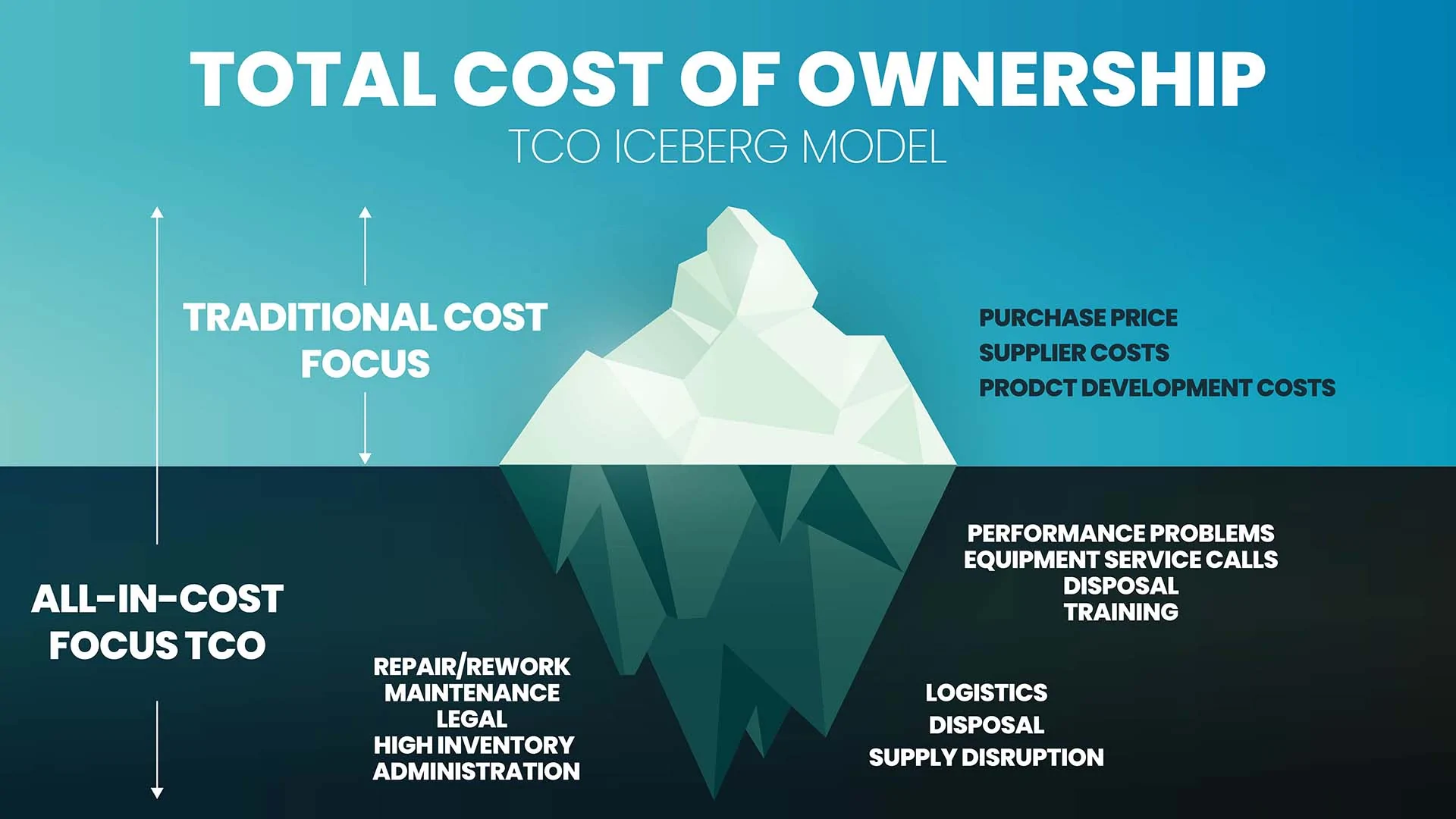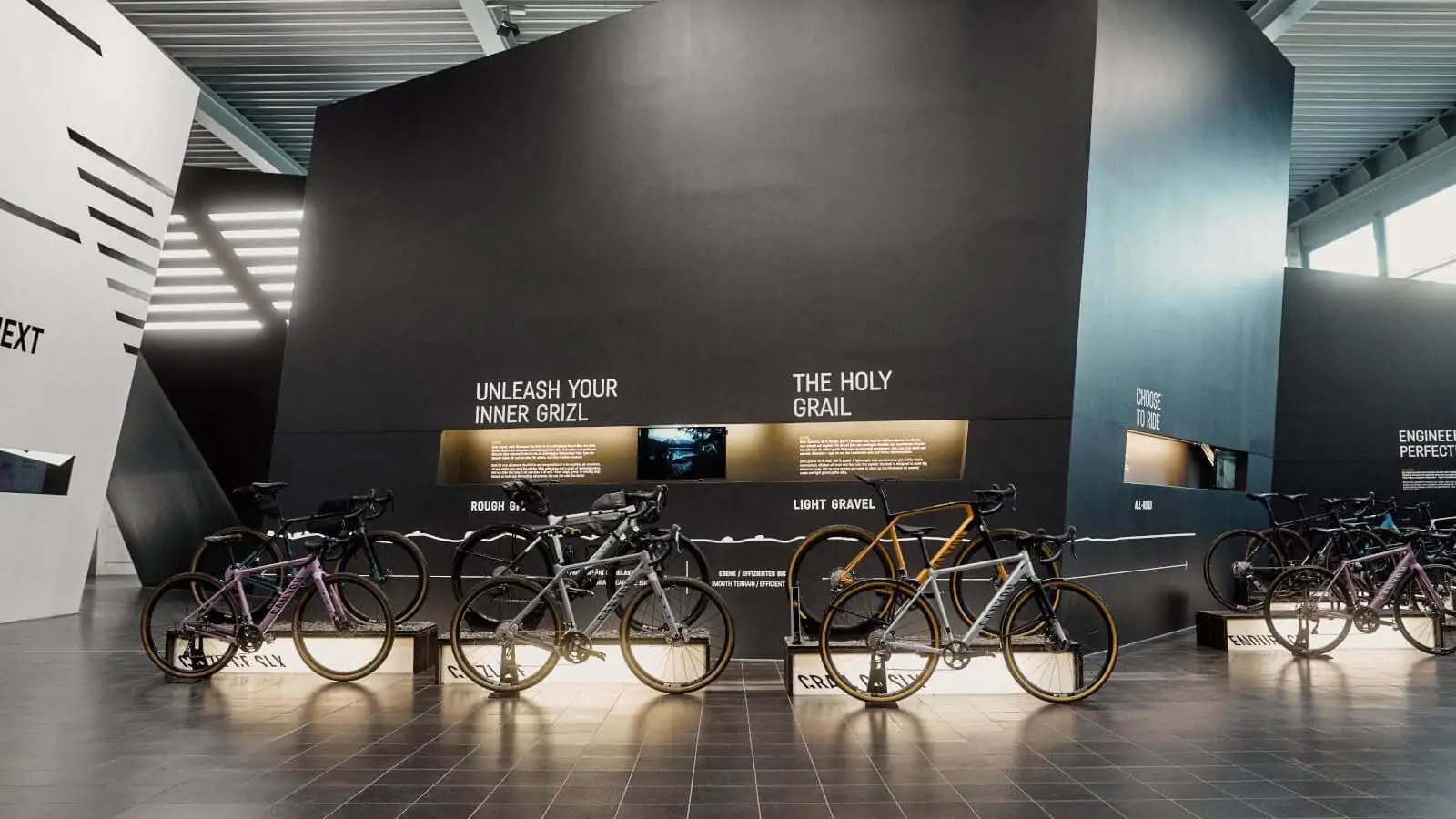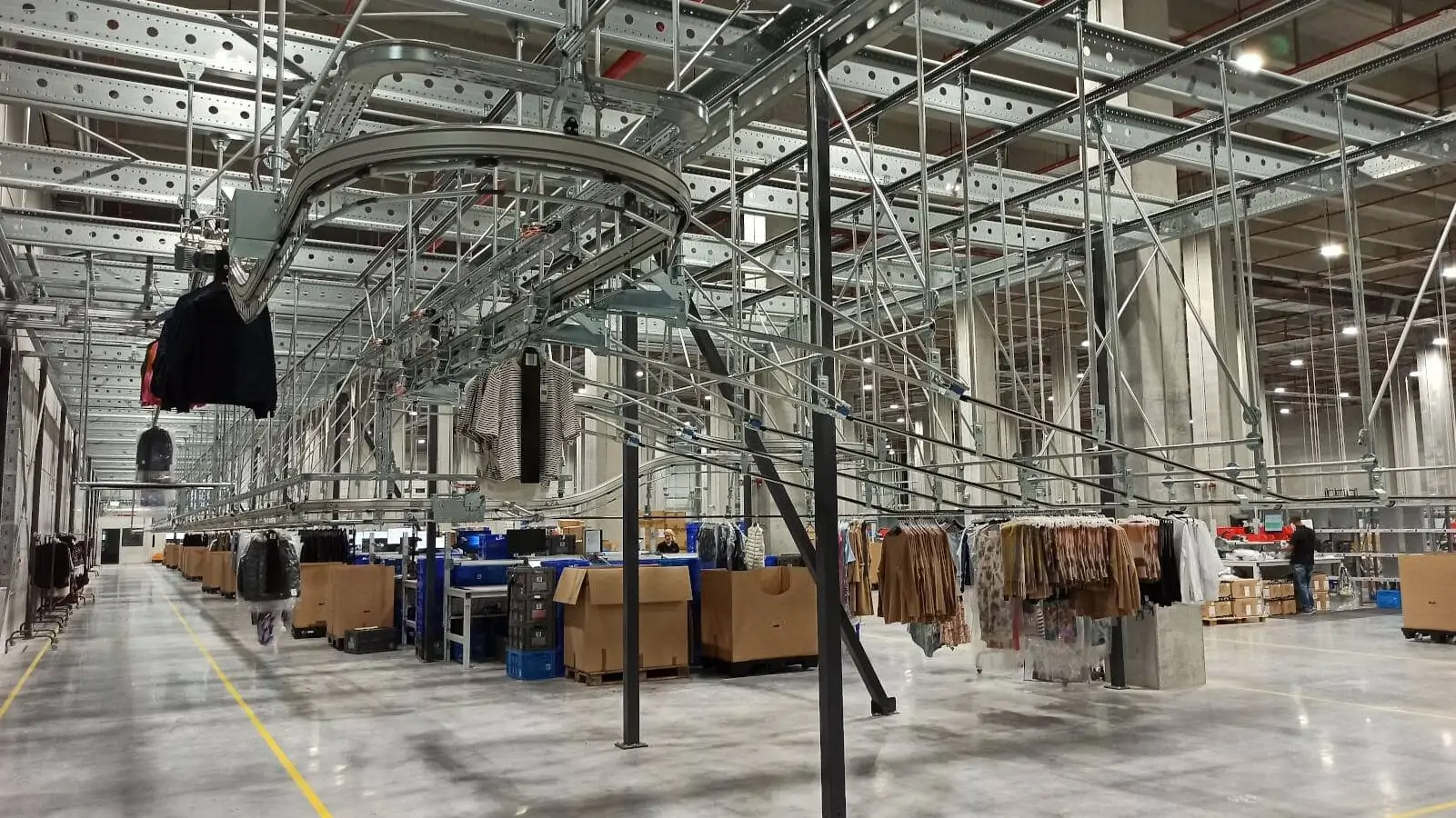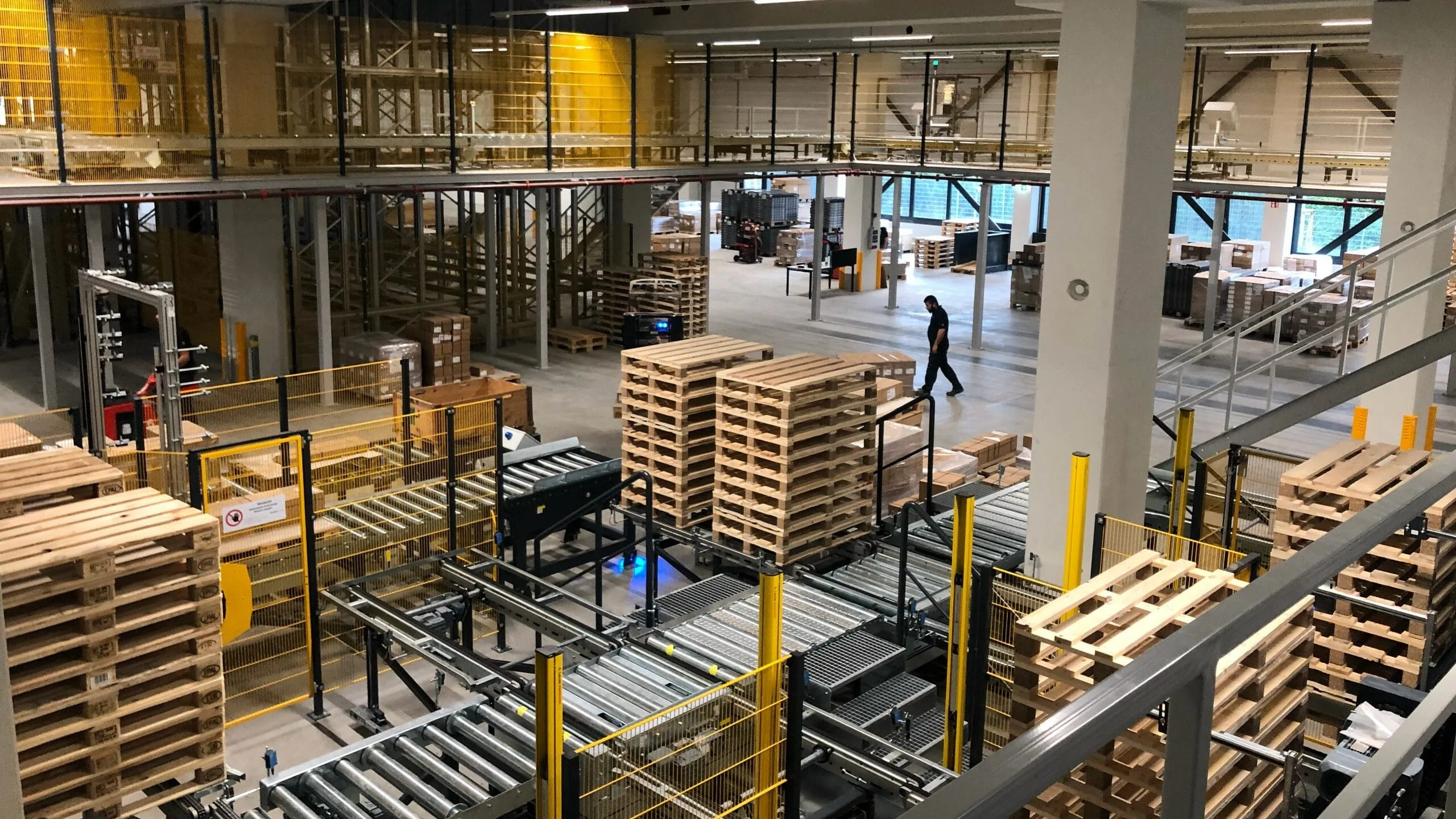Why individual solutions are the key for future-proof warehouse processes
The megatrends of automation and individualization, which have been firmly established in society and the economy—and thus also in intralogistics—for some time now, have accelerated further as a result of ongoing technological progress. They have become indispensable in a modern warehouse. In addition to innovative, increasingly autonomous hardware, future-proof warehouse management and enterprise resource planning systems must also be part of the basic software equipment of warehouse operators.
However, with increasing automation, both the complexity and the requirements of the software solutions used are growing, and standardized systems are often no longer able to meet these requirements adequately. The demand for customized solutions is increasing accordingly.
Opting for a one-stop solution for their intralogistics IT has an undeniable appeal for companies. If a highly automated facility with a self-contained system is to be operated at high throughput, it makes perfect sense to use hardware and software from a single source. However, if a company wants to break out of this predefined mold, for example by adapting processes to its own business, it will quickly find itself in a so-called “walled garden” with no flexibility or particular capacity for innovation.
Customer requirements that differ from the standard and go beyond what has been achieved so far can often only be realized with great effort, if at all. The closed platform, which initially attracted customers with its resilience and performance, tends to be unable to meet customer requirements in terms of adaptability—and thus negates its supposed advantages.
The limitations of this traditional standard software are leading ambitious logistics companies wanting to ensure their warehouses remain efficient and flexible to look towards bespoke solutions. The intralogistics software experts at TUP are very familiar with this approach.
“Standard” is a term that proves difficult to reconcile with TUP’s individually tailored warehouse management solutions. For it is precisely the individual approach to each challenge that characterizes the software provider and its mode of operation: the extensive customization options offered by the TUP portfolio enable companies to design their IT workflows in such a way that their specific requirements can be optimally met.
Scalable platforms for complex requirements
Thanks to its individual application portfolio, a flexible software framework enables in-depth customization to meet the specific requirements within a company. The warehouse management platform developed by TUP works seamlessly in cloud-based, local, and hybrid environments. Its enormous flexibility in terms of infrastructure selection is underscored by its compatibility with leading cloud providers such as Microsoft Azure, Amazon Web Services, and Google Cloud.
This high-performance substrate, which is a priority at TUP, guarantees high system speed on the one hand and low latency on the other thanks to “encapsulated” functional modules. This enables smooth integration into the cloud environment – without any loss of performance. Whether as a warehouse management system (WMS) or warehouse control system (WCS).
Dynamic, collaborative software architecture
A self-contained software package quickly reaches its limits when external factors or unexpected developments within the company result in a change in circumstances. In such a situation, an existing concept quickly becomes obsolete and needs to be adapted again. A collaborative software architecture allows dynamic goals to be met with equally dynamic measures. Linear workflows that aim from a fixed point A to a fixed point B are replaced by a more flexible, iterative approach.
This enables project teams to work collaboratively and continuously adapt work processes to changing conditions. It allows for a more efficient and adaptable approach to new circumstances and the resulting challenges.
In addition to dynamic software architecture, this also requires a powerful collaboration concept.
TUP uses an application-oriented model for the development, documentation, and communication of software architectures, involving many different stakeholders. Using a template, structures, overarching concepts, and the reasons behind joint decisions are presented in a comprehensible manner.
This prevents a patchwork of problem-solving approaches from emerging and project participants from losing track of the big picture due to the complexity involved. It also prevents the documentation from being too software-oriented and difficult for logisticians to understand. This enables long-term cooperation between all participants on an equal footing.
In line with a special software architecture that significantly reduces dependencies between different areas of operation, modifications of any kind can be implemented at any time. This enables TUP to carry out automated tests in the early stages of software migration. This allows customer wishes and requirements based on these tests to be fulfilled during implementation and rolled out quickly and reliably in the new system.
Successful implementation of a customized WMS solution
One of TUP’s projects clearly illustrates how software architecture tailored to specific intralogistics requirements can be implemented: For a customer with a strong presence in retail and a dynamically growing online business, logistics processes were to be designed in a highly automated greenfield project in line with new requirements. The challenge was to consolidate store and direct customer deliveries, which had previously been handled in separate logistics centers, into a central distribution center. This process-optimized multi-channel solution bundles processes and leads to considerable savings in goods movements and a significant increase in efficiency.
Due to the complex tasks involved in warehouse organization and the individual processes, standard software was not an option. The task was to design and implement a modular and adaptive WMS solution that was specifically tailored to the client’s needs. The experts at TUP developed a solution that not only covered the entire order processing of the various shipping channels, but also optimized throughput times to increase efficiency at the point of sale and thus improve the customer experience.
TUP projects
In addition to integrating all automation technologies—from driverless transport vehicles and automatic small parts warehouses to conveyor technology—there were many challenges involved in customizing the software. These included integrating a new returns process that speeds up the handling of online orders, as well as priority-based order management.
Another key part of the task was to ensure and, ideally, improve the quality of work and productivity of employees. Visual aids and product images, supported by detailed material information and specific instructions for brick-and-mortar stores, were crucial to this. The result: more flexible personnel planning and a significant reduction in time spent thanks to digital support.
Modular software architecture for maximum flexibility
TUP always takes a modular approach to software architecture, which allows for flexible combination of individual modules depending on the specific requirements of the warehouse. This means that the software can be tailored to a high degree to different warehouse areas such as goods receipt, warehouse management, order picking, and goods issue.
In parallel, a precise analysis of warehouse processes is essential in order to optimally align IT with operations. This includes both the physical topology of the warehouse, such as its size and storage structure, as well as operational processes, including multi-channel strategies and returns management.
TUP used agile development methods to implement individual customer requirements optimally, quickly, and efficiently. These methods enable continuous adjustments and ongoing testing during software development, especially in the warehouse setup phase. The inherent adaptability of the WMS, which was specially designed for a highly automated environment, allows specific changes to be made in the shortest possible time – without having to rebuild the entire system.
The high degree of automation and the complex requirements for implementing the distribution center called for specially tailored software. Despite a multi-channel approach that did not simplify processes, the company achieved a degree of customization thanks to the intralogistics software that makes it very well prepared for future challenges in the volatile market. This example once again illustrates the tension between automation, flexibility, and customization, which can primarily be resolved by a truly customized warehouse management system.
The future of customization in intralogistics
Customized and dynamic software solutions are the key to future-oriented intralogistics. The increasing complexity and automation of warehouse processes require tailor-made systems that not only meet current requirements but are also designed to respond promptly and efficiently to future challenges.
The business world is neither as predictable nor as reliable as it seemed just a few years ago. Accordingly, the customized software approach that the experts at TUP have been pursuing for over forty years reflects both their foresight and that of their customers. By combining advanced IT and flexible platform solutions, the software provider offers companies the assurance that their intralogistics are optimally positioned not only today, but also tomorrow. These forward-looking structures make it possible to efficiently meet individual customer needs and to maintain and expand their competitive advantage.
This article first appeared in the german trade journal Technische Logistik in the Special Software & Automation 2024 and is available here as a PDF download in German.




